10 Magnum Photographers on their Obsessions in Images
From deep-seated beliefs that have driven photographers like Susan Meiselas toward career-long documentary explorations, to the humanist personal investigations of Elliott Erwitt, Magnum photographers demonstrate an unwavering commitment to their work for decades.
For the June 2019 Square Print Sale, Magnum photographers have chosen a single image that reflects the issues, working practices, and visual signatures that have consumed them throughout their careers.
For five days only, purchase these signed and estate-stamped, museum quality images, while supporting Aperture Foundation.
Selected by Aperture’s editors, here are ten highlights from the Magnum Square Print Sale.

Eve Arnold, A mother holds her child’s hand; a baby’s first five minutes, Port Jefferson, Long Island, New York, 1959
© Eve Arnold/Magnum Photos
Eve Arnold
“I realize now that through my work these past twenty-five years I have been searching for myself, my time, and the world I live in.”—Eve Arnold, The Unretouched Woman, Random House (1976)
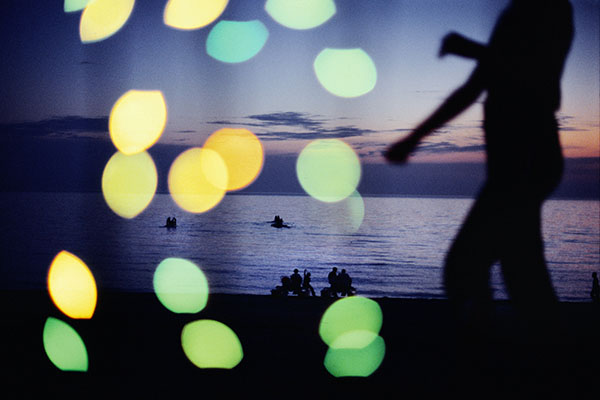
Jonas Bendiksen, Gagra beach at dusk, Abkhazia, Georgia, 2005
© Jonas Bendiksen / Magnum Photos
Jonas Bendiksen
“I’m not really all that interested in photography itself. What I’m passionate about is what you can do with photography. What societal, psychological, emotional, or aesthetic questions can you ask with it? How can viewing or taking pictures make you react or feel? What stories can you tell, what mysteries can be pursued? Those are the things that get me out of bed in the morning and cause me to, still, desperately want to be a photographer.”—Jonas Bendiksen

Elliott Erwitt, New York City, USA, 2000
© Elliott Erwitt/Magnum Photos
Elliott Erwitt
“I am obsessed with dogs—because they remind me of people, but with more hair.” —Elliott Erwitt
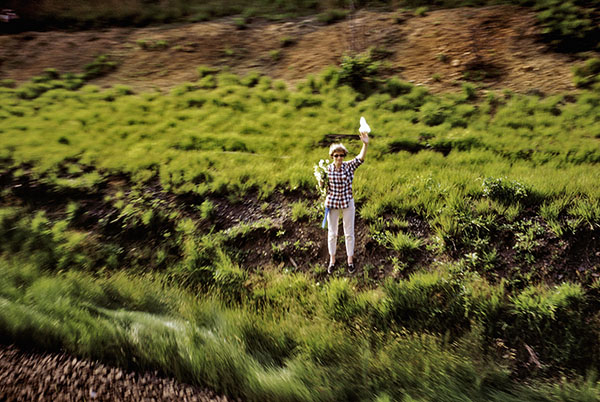
Paul Fusco, Robert Kennedy funeral train, USA, 1968
© Paul Fusco/Magnum Photos
Paul Fusco
“Although I made this image early in my career, it remains a reflection of my desire to champion the underdog. The woman in the field is sending off Bobby Kennedy, a man who fought against oppression. Though I cannot know the thoughts of this woman, she symbolizes the common American citizen in the act of honoring a civil rights hero.” —Paul Fusco
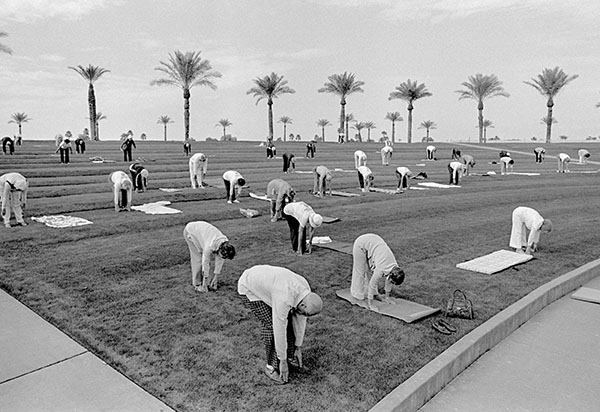
David Hurn, Sun City, Arizona, USA, 1980
© David Hurn/Magnum Photos
David Hurn
“I am not sure I have ever felt the need to use the word obsession—for me, it feels intrinsically unhealthy. But I do like passion, or maybe more accurately, enthusiasm. Whenever I travel I instinctively photograph, so I never have ‘holidays’ as such. However, some events are so uplifting that parts of these happenings become a sort of holiday. I enjoyed the early morning efforts in Sun City of seniors determined to keep fit, it was totally inspiring. I have photographed the ‘pursuit of health’ many times. It has always put a smile on my face, and a feeling of delight, whilst doing it.” —David Hurn
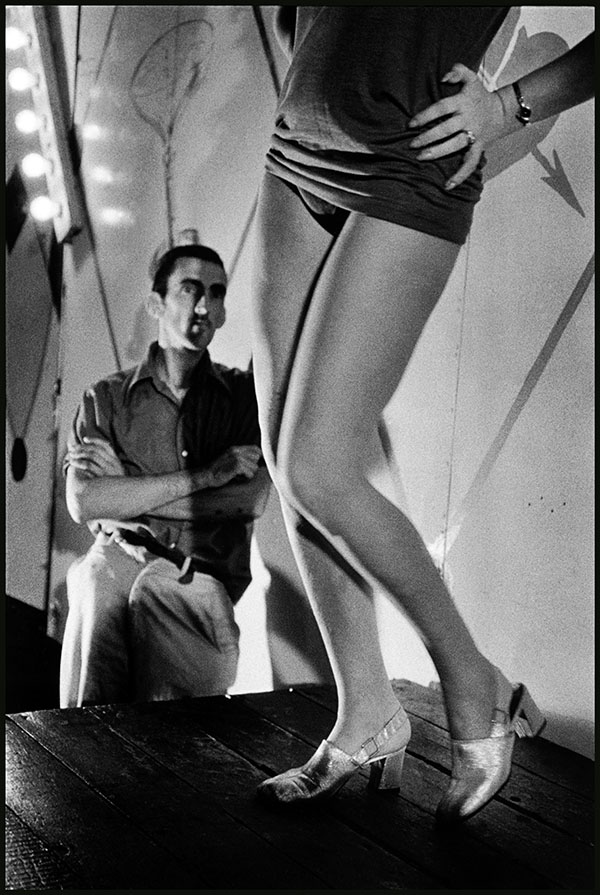
Susan Meiselas, Gawker, Tunbridge, Vermont, USA, 1974
© Susan Meiselas/Magnum Photos
Susan Meiselas
“He looks at her. She may or may not be looking at him. He dreams and delights in her moves. She may or may not be moving for him.” —Susan Meiselas

Gueorgui Pinkhassov, Café, Tokyo, Japan, 1996
© Gueorgui Pinkhassov/Magnum Photos
Gueorgui Pinkhassov
“A barmaid standing in the open door of a cafe caught my attention. As I was trying to focus my lens, the door slowly began to close. ‘Be quick,’ I told myself. A moment later the door’s glass barricaded my view but a salutary ‘pourquoi pas?’ urged me to make another shot. If a camera is your weapon, ‘pourquoi pas?’ is the flag you raise. Without it, you can achieve nothing.” —Gueorgui Pinkhassov

Alessandra Sanguinetti, Buenos Aires, Argentina, 2001
© Alessandra Sanguinetti/Magnum Photos
Alessandra Sanguinetti
“While I was working on On the Sixth Day, exploring the life and death of farm animals, I came across a man who lived with his horse. It would come and go as it pleased, so sometimes he’d put sugar on the table to lure it back in for the night. I’ve been drawn to photographing animals, especially farm animals, since I was a kid, and always while doing so I’d be filled with a nostalgic, wistful feeling. I never understood the root of that feeling until I read John Berger’s amazing essay, ‘Why Look at Animals?’ in which he wrote: ‘With their parallel lives, animals offer man a companionship which is different from any offered by human exchange. Different because it is a companionship offered to the loneliness of man as a species.’”—Alessandra Sanguinetti
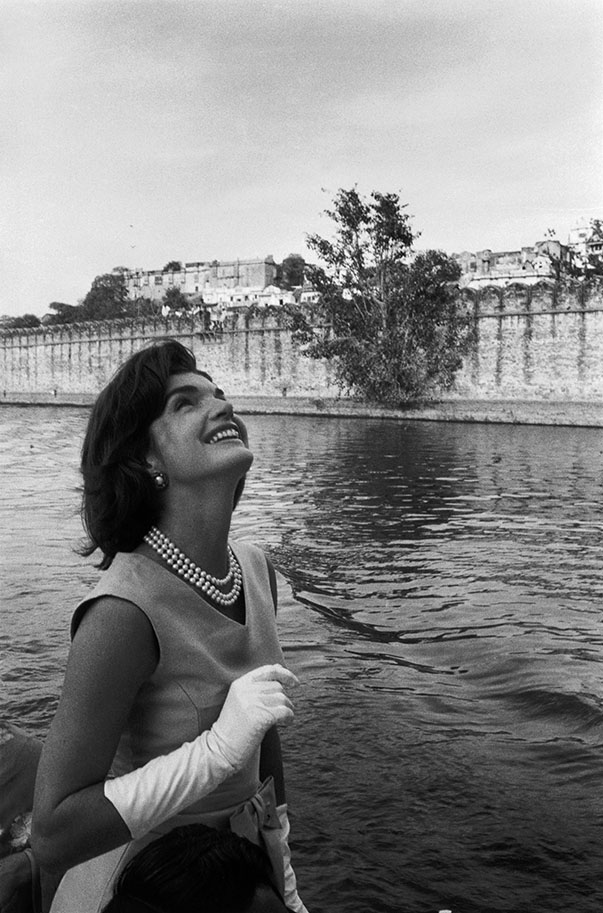
Marilyn Silverstone, First lady Jacqueline Kennedy returns from a state visit to the Lake Palace Hotel, Udaipur, India, March 1962
© Marilyn Silverstone/Magnum Photos
Marilyn Silverstone
“Marilyn was drawn to photographing women: powerful women like maharanis, queens, political figures, as well as ordinary women working in the fields, gathering food, being mothers. She was not interested in creating ideals or role models, but in capturing women in specific places (villages, palaces, offices) as they navigate their world. Her photographs reveal women being themselves. At the same time, they reveal women who seem to embody the landscapes around them. This photo is startling in its intimate portrayal of a young woman whose face was known to millions. Glowing with delight and a sense of freedom and possibility, she enjoys a new role, a different culture, and landscape. ‘It’s been a dream,’ Jackie said of her tour of India—her first goodwill trip as the First Lady.” —Vivian Kurz, Director of Dilgo Khyentse Fellowship/Shechen, The Estate of Marilyn Silverstone
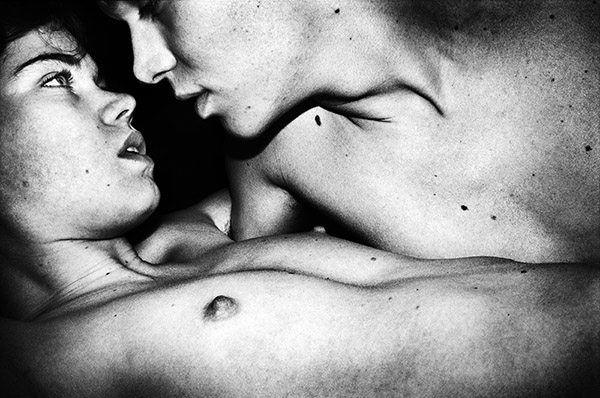
Jacob Aue Sobol, Copenhagen, Denmark, 2010
© Jacob Aue Sobol/Magnum Photos
Jacob Aue Sobol
“To me the camera has always been a tool to find and depict love to a point that it became an obsession. How close can I get to a love that feels true in my images? Is this the love I have been searching for myself these past twenty years? Is this the love of my life? I photographed young couples in love across the planet to remind us that we are all the same, to remind us that what we have in common is greater than what separates us. That young couples in love from Beijing share the same love as young couples from Moscow, Paris, or New York. And, even after this obsessive search for love came to an end, I found Martin and Pernille in my own neighbourhood in Copenhagen.”—Jacob Aue Sobol
Magnum’s Square Print Sale, Obsessions, is now online through June 14, 2019. For five days only, museum-quality, 6-by-6-inch square prints are exceptionally priced at $100. By using this link to make your purchase, proceeds from each sale will support Aperture Foundation.






















